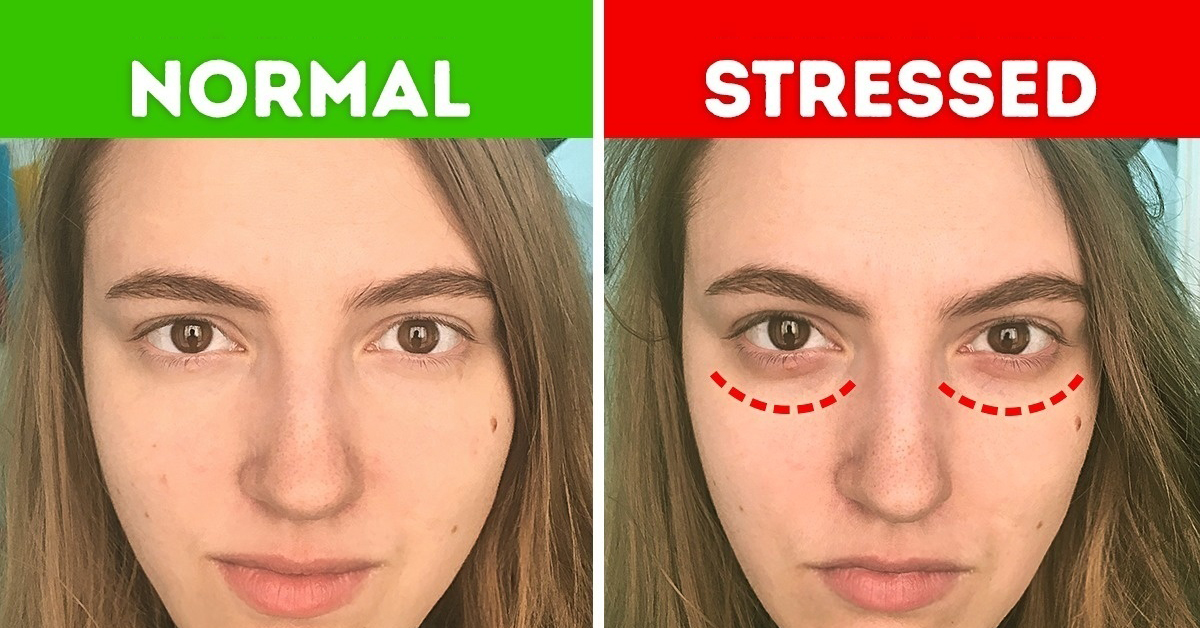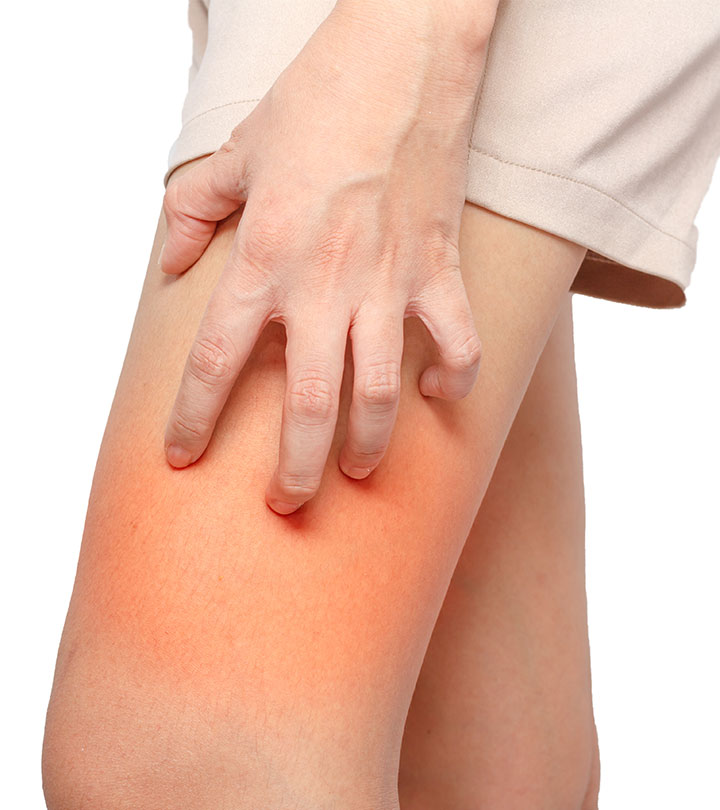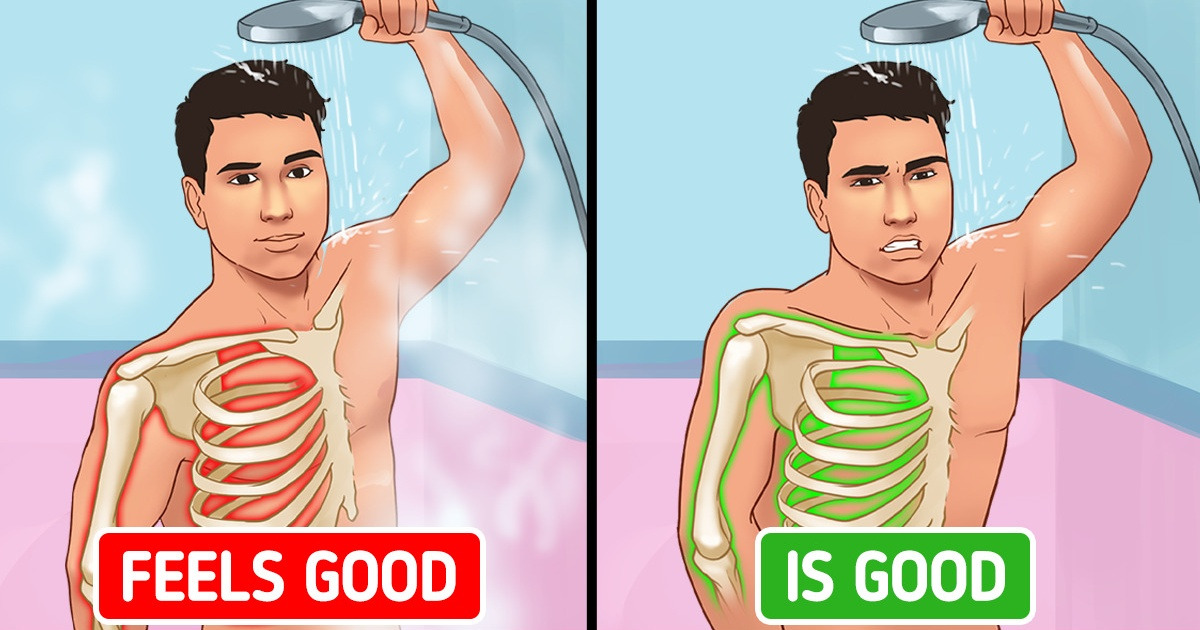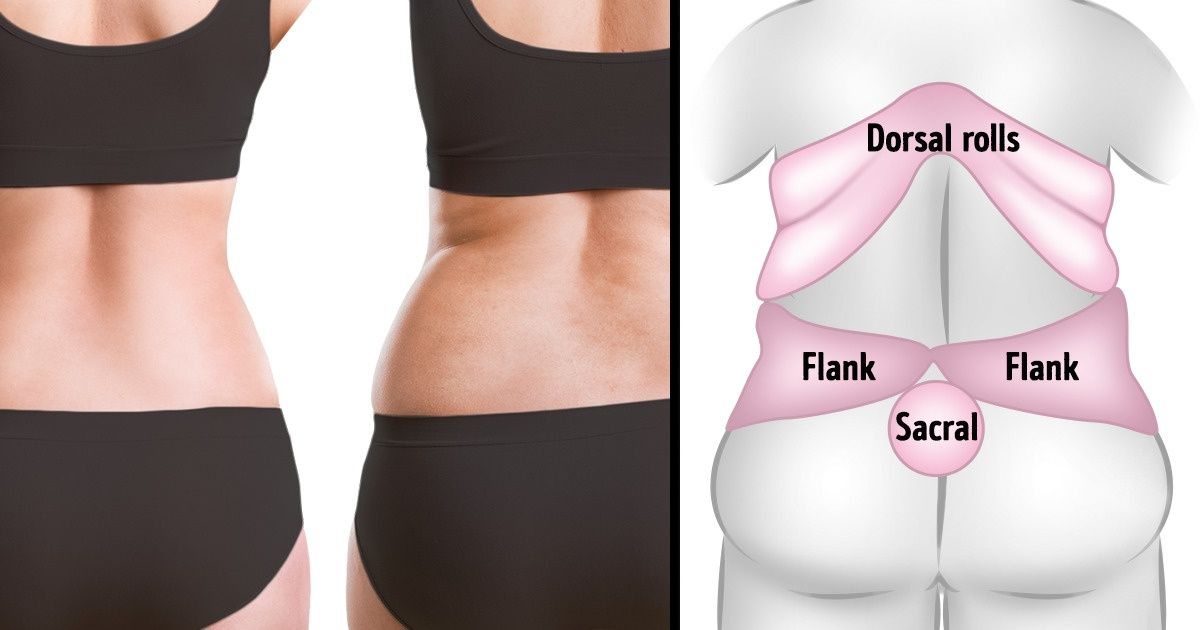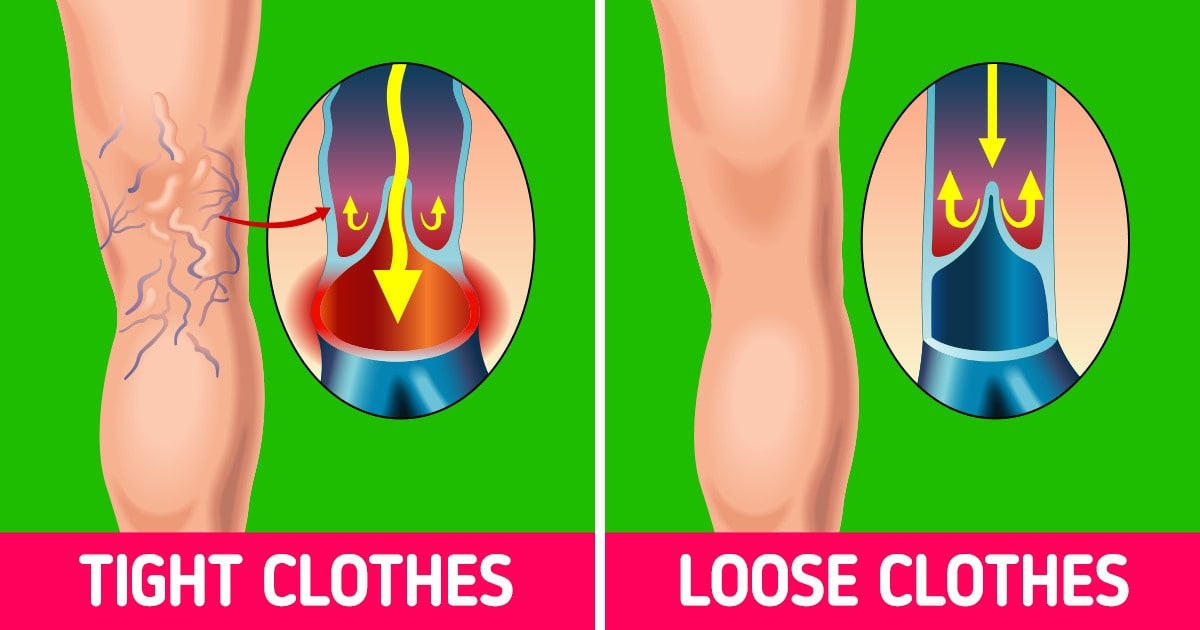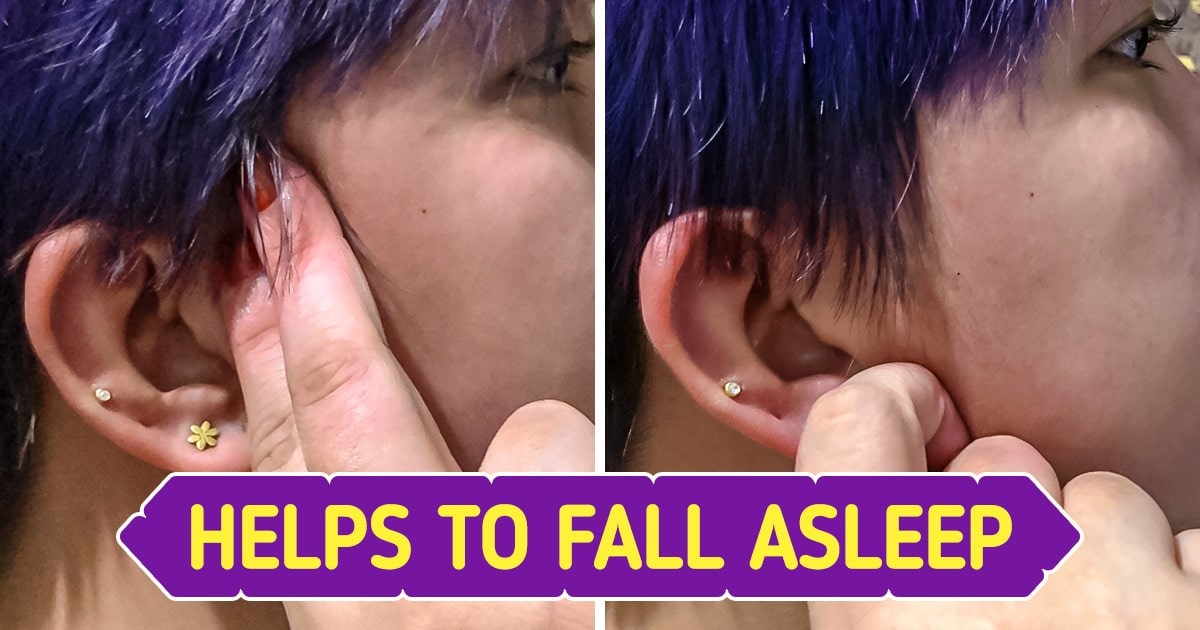When you have a headache and the pill you need isn’t at hand, the situation seems hopeless. But it’s not like that. There is a scientific way to get rid of a headache called acupressure.
Today, We will talk about this technique that eliminates headaches effectively and quickly.
Acupressure is a type of massage, the effectiveness of which is confirmed by numerous scientific studies. By its nature, it is a form of acupuncture and reflexotherapy but does not require special medical knowledge.
How To Massage Acupressure Points
First, take a comfortable position and relax. The massage does not last long: 30 seconds to 1 minute, on average.
Massage a point by pressing lightly or with circular movements. The headache usually goes away during massage or 5 to 10 minutes after it.
Acupressure Points To Get Rid of Headache
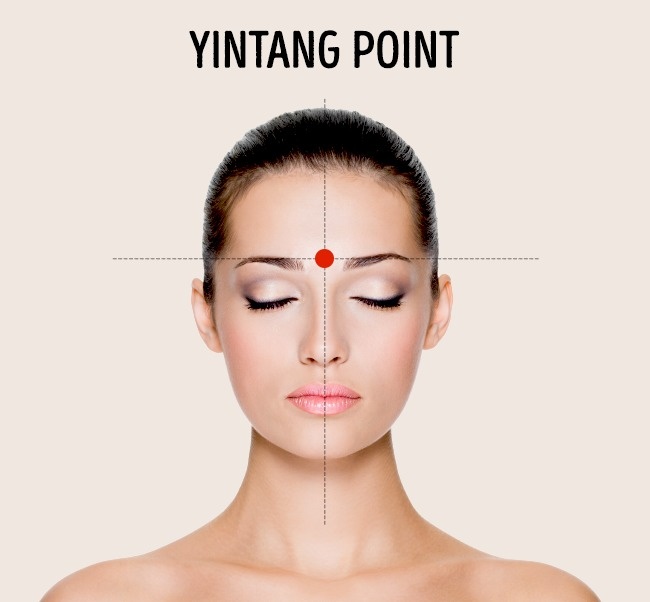
The point of the third eye, or Yintang, is located between the eyebrows, where the bridge of the nose passes to the forehead. This point is also responsible for eliminating eye fatigue.
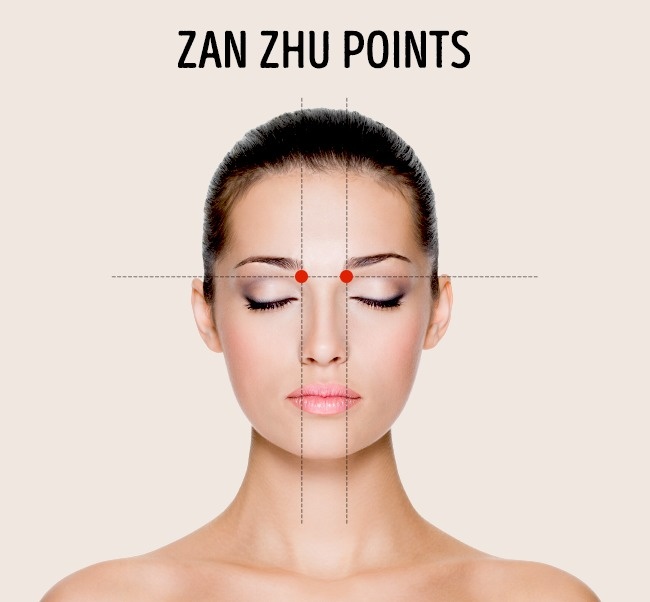
These symmetrical points are located at the base of the inner edge of the eyebrows. Massage in this area also relieves a runny nose and improves visual acuity. Massage for 1 minute by pressing or making circular movements.
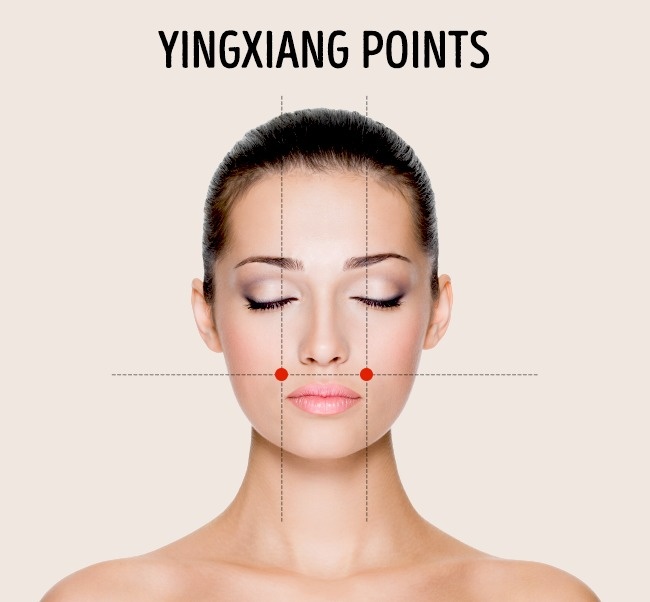
These points are located on either side of the nostrils, aligned with the eyes. To find them, feel a dimple at the bottom of the cheekbones. It helps to open sinuses, reduce headaches and toothache, and relieve stress.
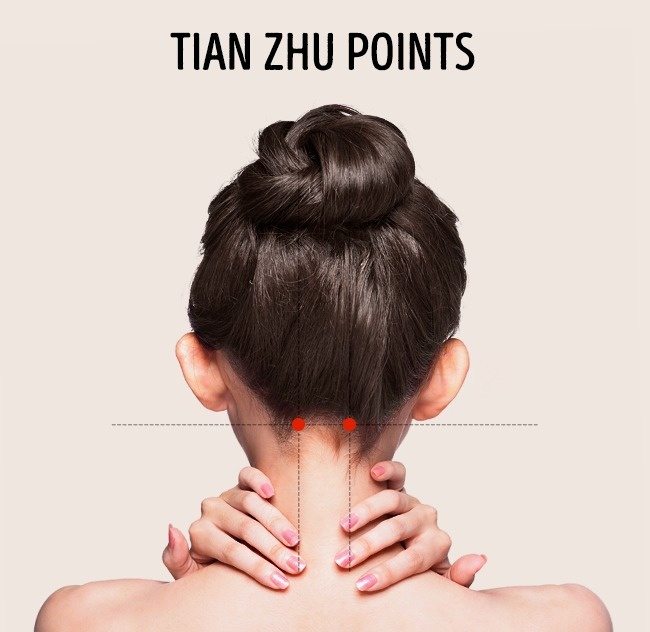
The points are located on the back of the head in the middle, between the ear and the beginning of the spine. Massaging these spots helps relieve nasal congestion, pain in the eyes and ears, severe headache, and migraine.
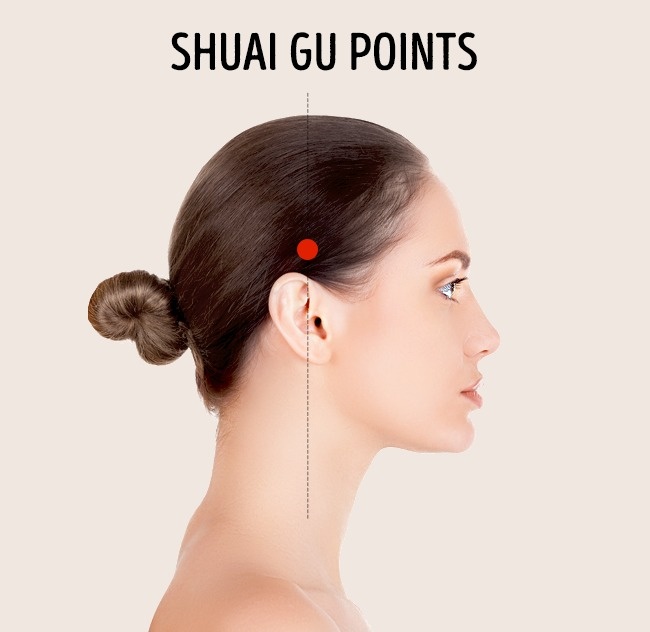
Shuai gu points are located 2 to 3 cm from the beginning of the hairline in the temple area. Feel a little dimple to find that point. The pressure applied to this area relieves pain in the temporal region and eye fatigue.
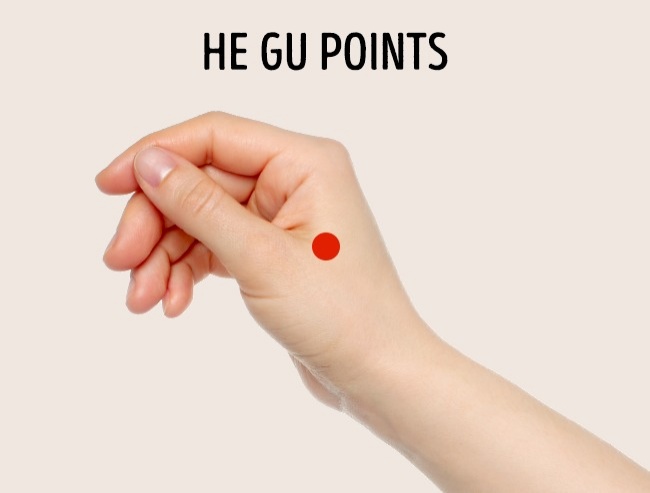
These symmetrical points are located on the back of the hand, between the thumb and index finger. The pressure applied to this area also relieves back pain, toothache, and tension in the neck muscles.
Preview photo credit depositphotos
Based on materials from springer
